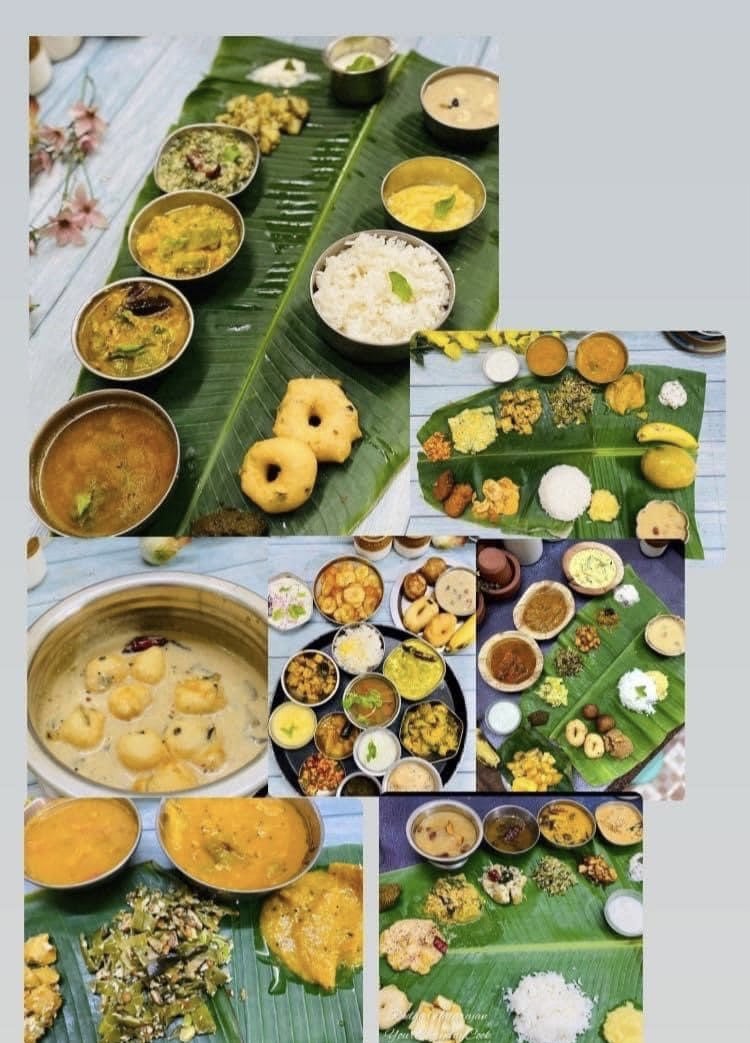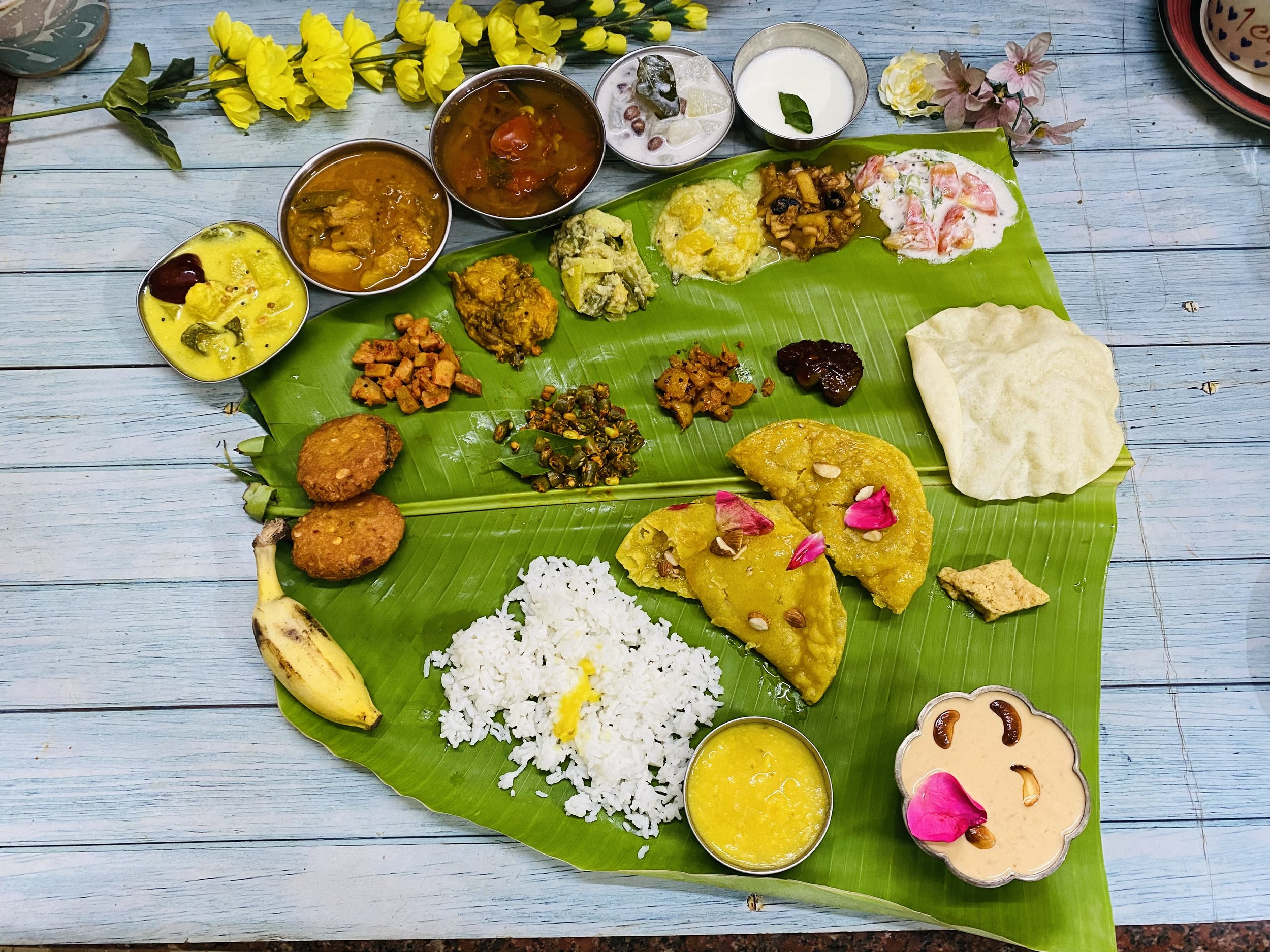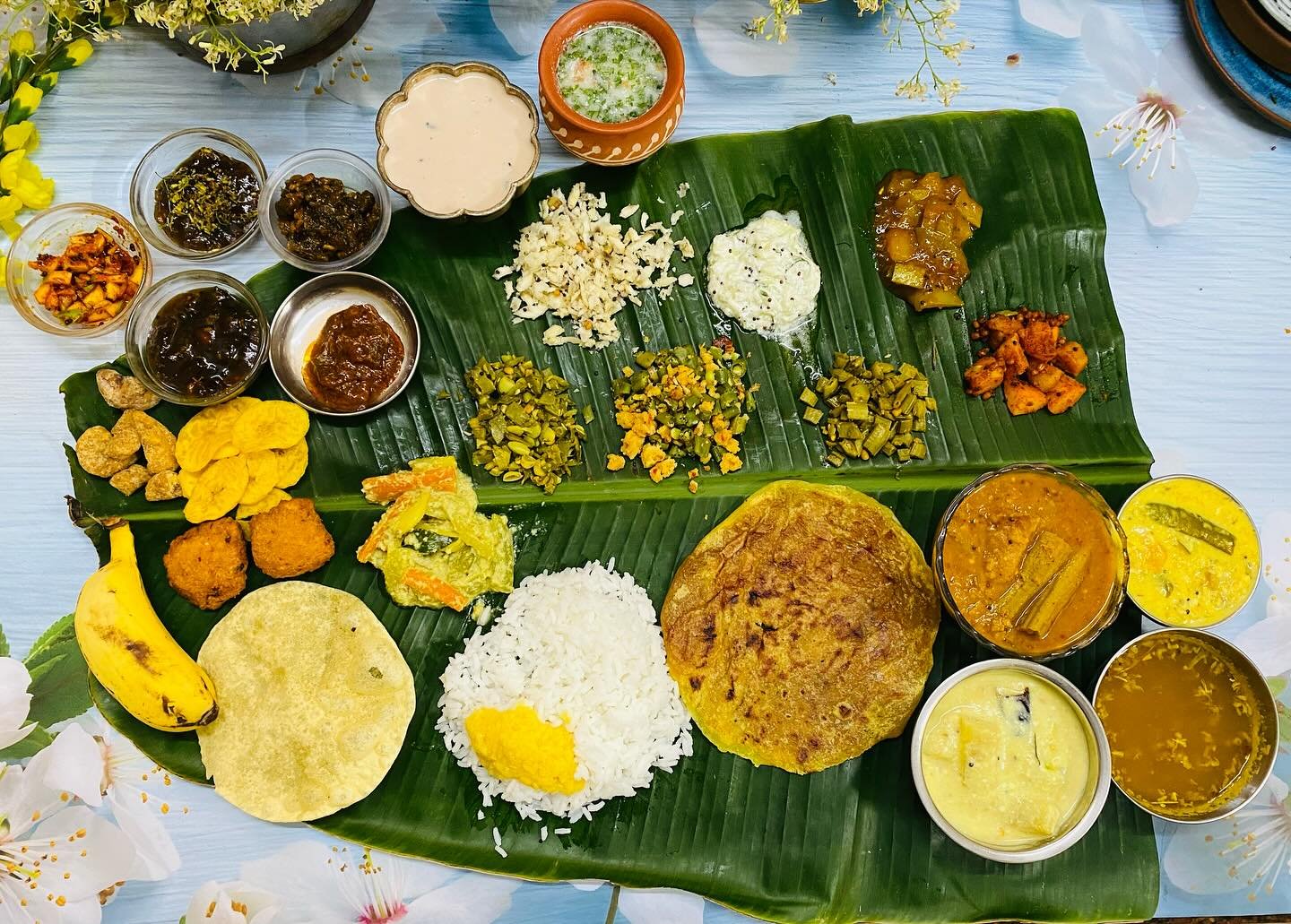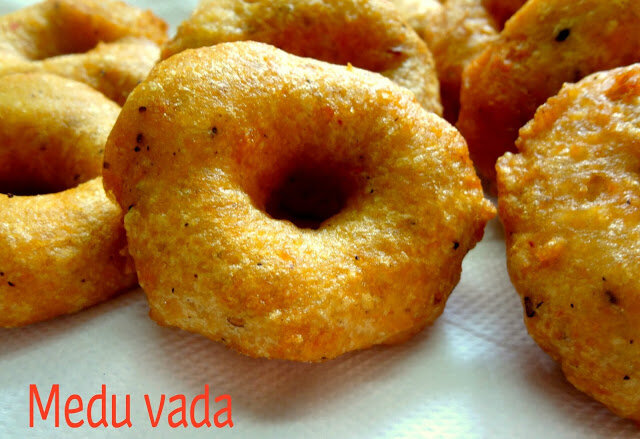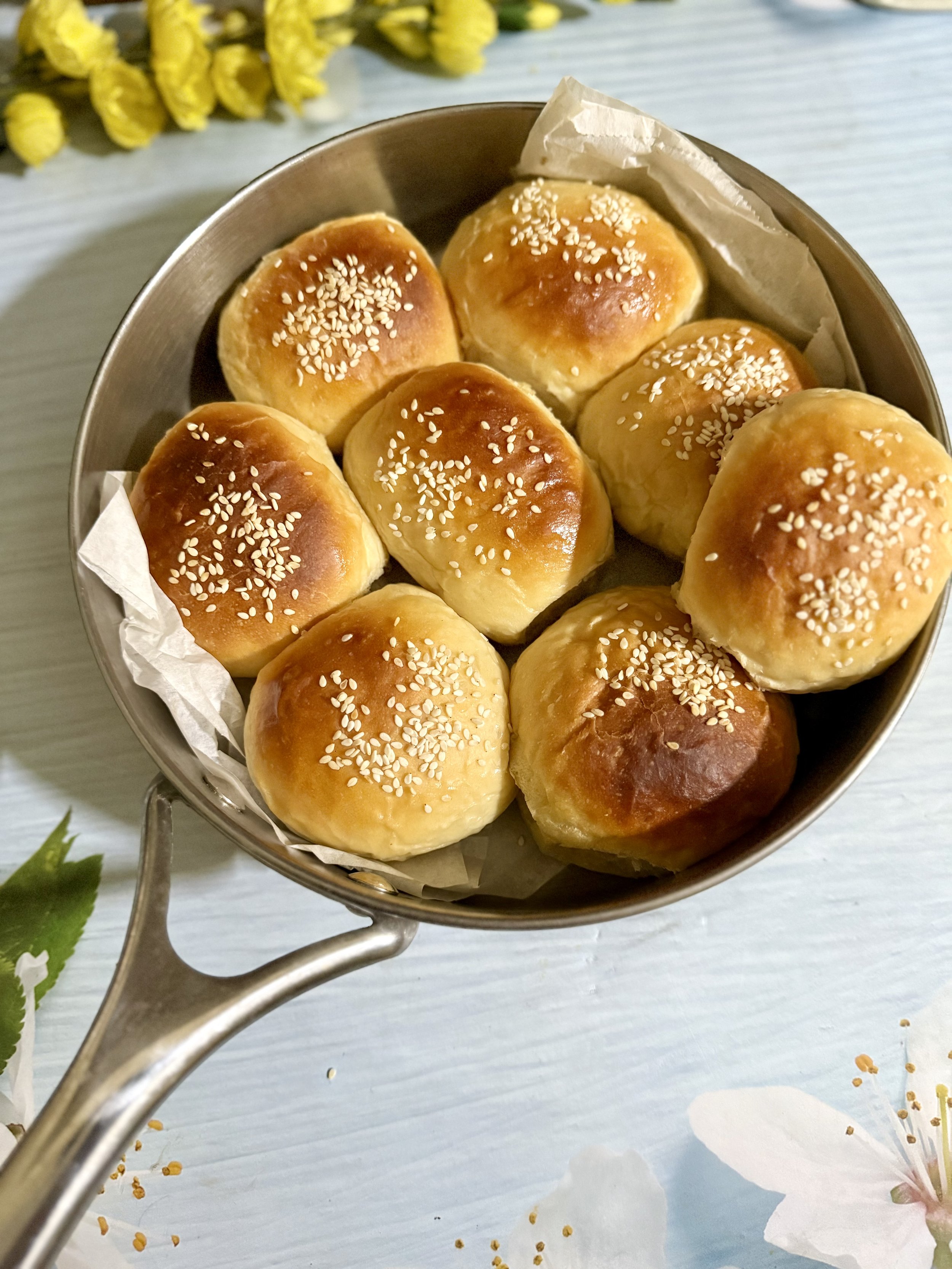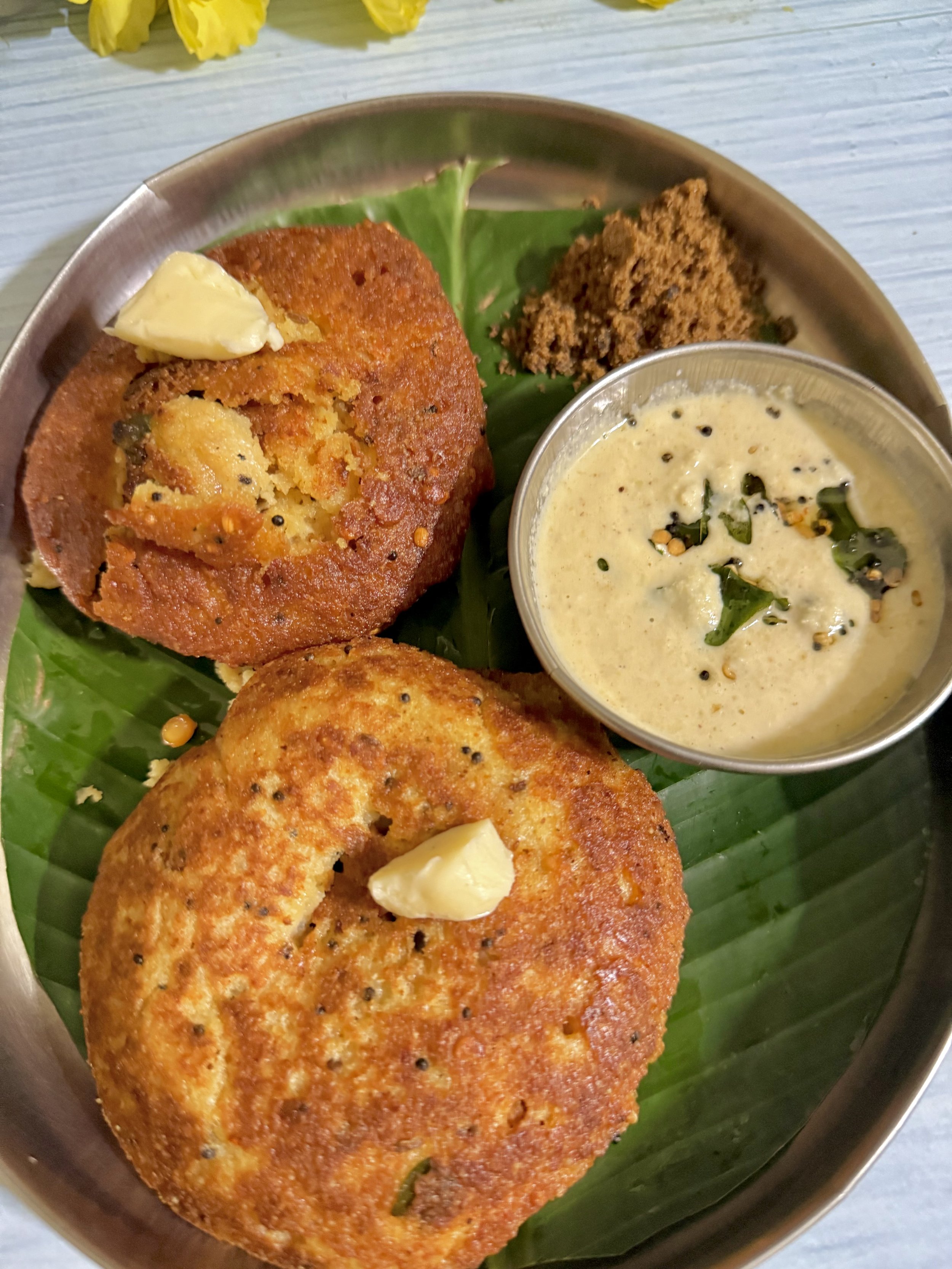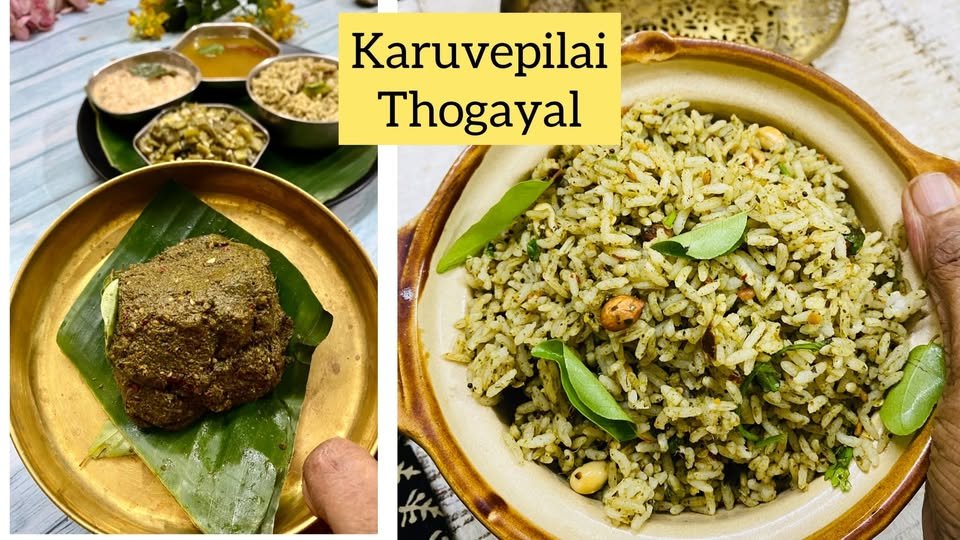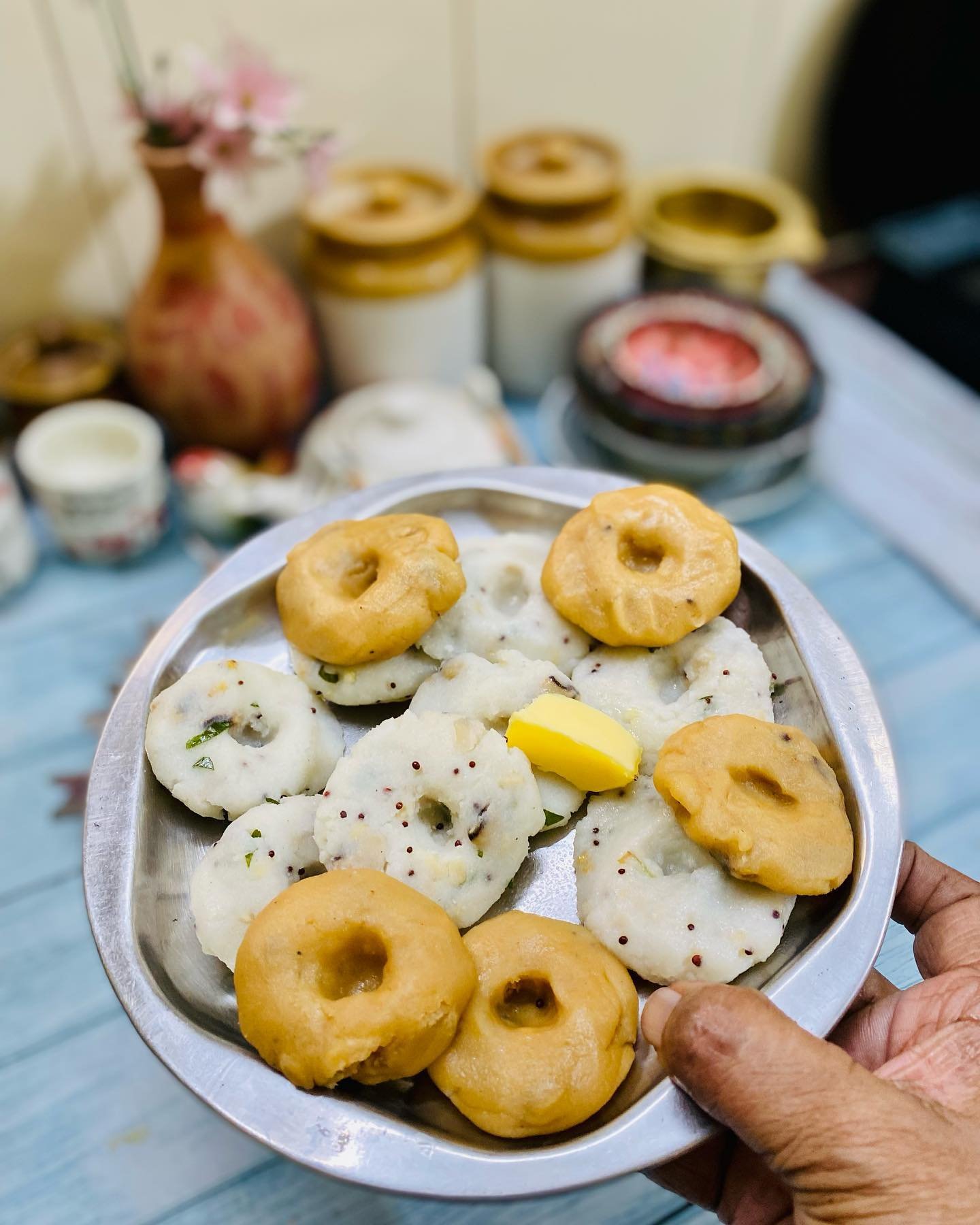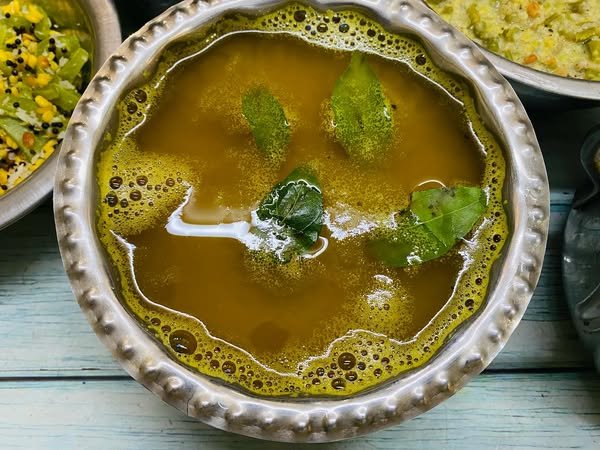Bisi Bele Bhat
Bisi bele bhat
Bisi Bele Bhat is a traditional blend of spicy, tangy rice and lentils, enriched with vegetables, hot ghee, and adorned with golden cashews. Served piping hot alongside boondi , papads, crispies, boondi raita, or pickle, it's a beloved staple of Karnataka cuisine, now ubiquitous in South Indian restaurants during lunch hours.
Its completeness as a meal obviates the need for additional sides, although salads are an option. The nuanced flavors of this seemingly simple one-pot wonder rely on precise spice selection; missing even a couple can leave a lingering sense of regret, despite achieving the desired consistency.
In Tamil Nadu and other southern states, it's a household favorite, comparable to idli, dosa, and pongal in Tamilian cuisine. Having lived in Karnataka for years, I've become adept at cooking many Kannadiga dishes, with Bisi Bele Baath holding a special place among them."
Ingredients:
1 cup any variety of short grained rice like Sona/Masoori/ponni.
1 cup toor dal/pigeon peas
2 tsp of tamrind paste/or a small marble sized tamrind and juice extracted from it.
Around 6 cups of water to cook the rice and lentils as we need a slightly runny texture to the bisi bele baath.
1 tsp asafoetida powder/hing
1/ tsp turmeric powder
salt to taste
2 1/2 cups of mixed chopped veggies like carrots , knol kohl , carrots , beans , potatoes . beans,green peas
10 -12 roasted cashew nuts for garnishing/peanuts may also be used
For the tadka/seasoning 1 tsp mustard seed
4 tsp of oil
Ghee according to your preference in final stage to be drizzled.
2 red chillies to be used along with tempering.
sprigs of curry leaves and chopped dhania leaves for garnishing.
Spice powder:
4-5 dry red chillies preferably mix of Byaadgi and Guntur chillies ( named after the towns from where they originate and known for the colour and sharp taste. Doesnt matter if you cannot get these variety of red chillies in your states.
1 tbsp Chana dal
2 tbsp coriander seeds/dhania seeds
1 tsp udad dal/black gram
1/2 tsp cumin seeds
1/2 tsp mustard seeds
1/4 tsp pepper corns
2 cloves/lavang
1 big piece of cinnamon
2 green cardamom
1/4 tsp methi seeds/fenugreek seeds
1/2 tsp khus khus/poppy seeds
sprigs of curry leaves
2 -3 tbsp of grated dry coconut/kopra
1/4 tsp asfoetida powder/hing
3 kapok buds/Marathi mogu
1 piece of Mace
Method:
First cook the rice and lentils with turmeric in sufficient amount of water to give a loose consistency of cooked rice and lentils. Keep aside.
In a broad pan first start the tempering with oil, mustard seeds, udad dal red chillies, asafoetida/hing powder and some curry leaves.
Then add the chopped vegetables, turmeric powder, salt and cook in little water.
Add the tamrind extract . let this cook well and boil like we do in sambar .
Meanwhile dry roast all the ingredients for the spice powder except the kopra which has to be added last as it will burn. Fresh coconut may also be used.
After adding the kopra to the roasted dry ingredients, let cool and then powder them fine in the blender.
Here I would like to add that some people prefer to wet grind all the dry spice powder ingredients along with kopra with little water to get a wet paste of coarse texture. Both methods are fine.
When the vegetables are cooked , add the rice lentil mixture to it and add the ground paste/powder and give a good stir. Adjust the salt as per your preference.
Keep this simmering while the lentils , rice and veggies absorb the aroma and flavours from the spice powders and now the typical Bisis bele baath aroma wafts all over the kitchen and you know you have got it right.
Lastly just before taking off from the stove add the ghee roasted cashew nuts, sprigs of curry leaves, dhania leaves and a generous amount of melted ghee drizzled over the mixture.
Serve hot with papad/crispies or raitha of your choice. Serve with pickles too or have it as it is.
Bisi bele bhat
While the extensive list of ingredients for this dish may seem daunting, most are likely already stocked in your pantry. For those seeking a quicker fix, there are reputable branded Bisi Bele Baath powders readily available for instant preparation—just substitute them for the grinding and roasting steps to achieve an authentic taste. Personally, I've found MTR brand to be a close match to the authentic flavor, provided it's stored properly.
Alternatively, pre-grinding the spice powders in advance can streamline the process, allowing for easy addition to the vegetable and rice-lentil mixture when preparing Bisi Bele Baath.
I often resort to shortcuts when time is limited. Once, when my daughter unexpectedly requested Bisi Bele Baath instead of our usual lunch fare of rasam, sambar, and vegetables, I improvised by using pre-made sambar as a base. I quickly blended coriander powder, cumin seed powder, sambar powder, cinnamon, cloves, curry leaves, and grated coconut to create a spice blend, which I then added to the sambar and brought to a quick boil to infuse the flavors. With roasted cashews on hand, I effortlessly transformed the sambar into Bisi Bele Huli to my daughter's satisfaction, achieving a balance of flavors with the addition of the spice powders.
Maintaining a stock of fresh coriander and cumin powders for various gravy dishes proves invaluable, and I've even considered using cinnamon powder as a shortcut for individual servings. While I typically follow the traditional method for preparing Bisi Bele Baath, I occasionally embrace shortcuts.
Experimenting with Vangi Baath powder once yielded excellent results, suggesting it may suffice for both dishes—though such experimentation carries its own risks.
I hope these methods aid you in recreating the authentic taste of Karnataka's beloved dish."






